The Environmental Protection Agency took final step in phaseout of leaded gasoline
On Jan. 29, 1996, Environmental Protection Agency (EPA) Administrator Carol M. Browner took the last steps concluding a…

On Jan. 29, 1996, Environmental Protection Agency (EPA) Administrator Carol M. Browner took the last steps concluding a…
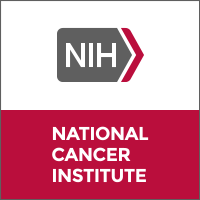
On Jan. 19, 1996, two major studies of beta carotene supplements (The Physicians’ Health Study and the Beta-Carotene…
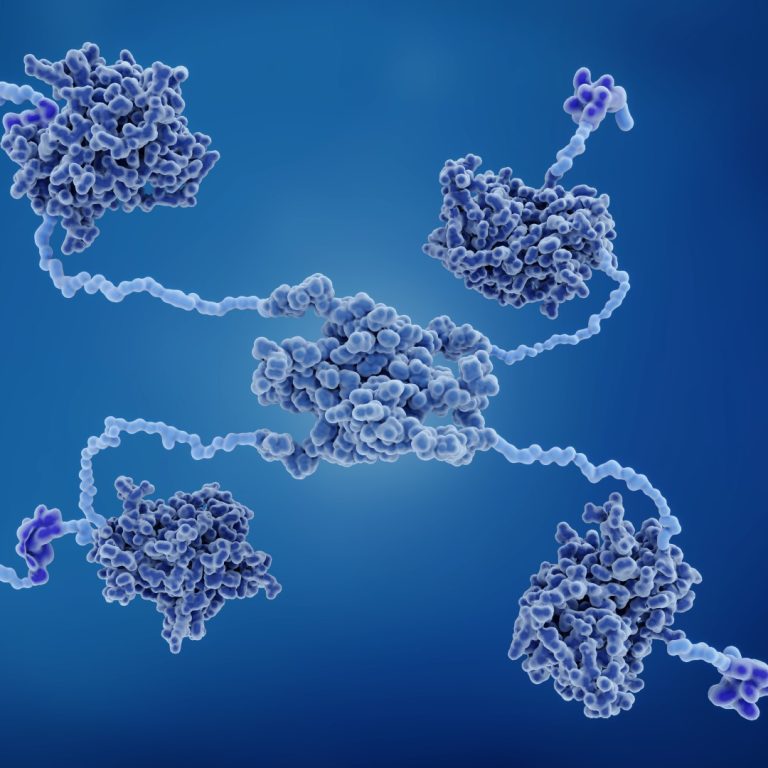
On Jan. 2, 1996, Stanford Medicine researchers announced they had discovered that the p53 protein, known to be…

In 1996, the first genetically engineered crop was commercialized. The first genetically modified plant was produced a short…
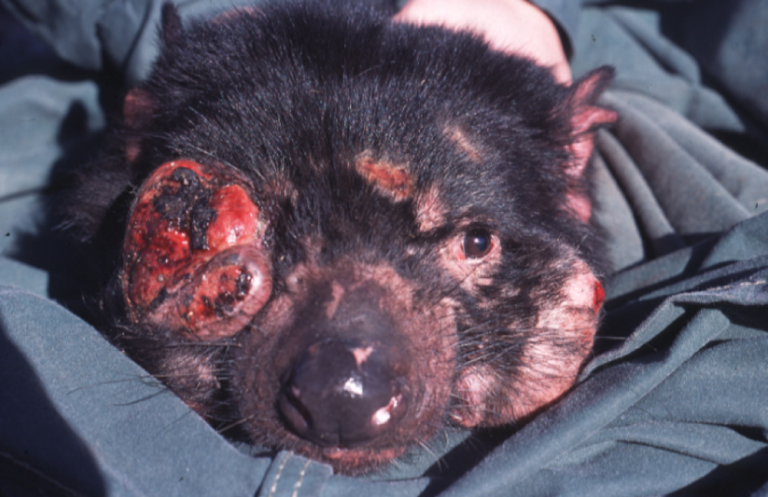
In 1996, the first official case of devil tumor facial disease was reported. Devil Facial Tumour Disease (DFTD)…
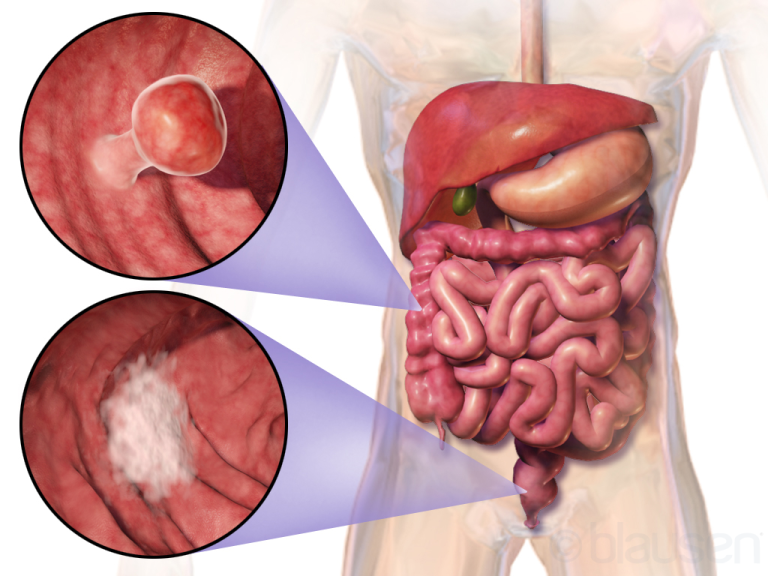
In June 1996, the Food and Drug Administration (FDA) first approved irinotecan for the treatment of patients with…

In 1996, the American Cancer Society reported that the overall age-adjusted cancer mortality rate declined in each succeeding…
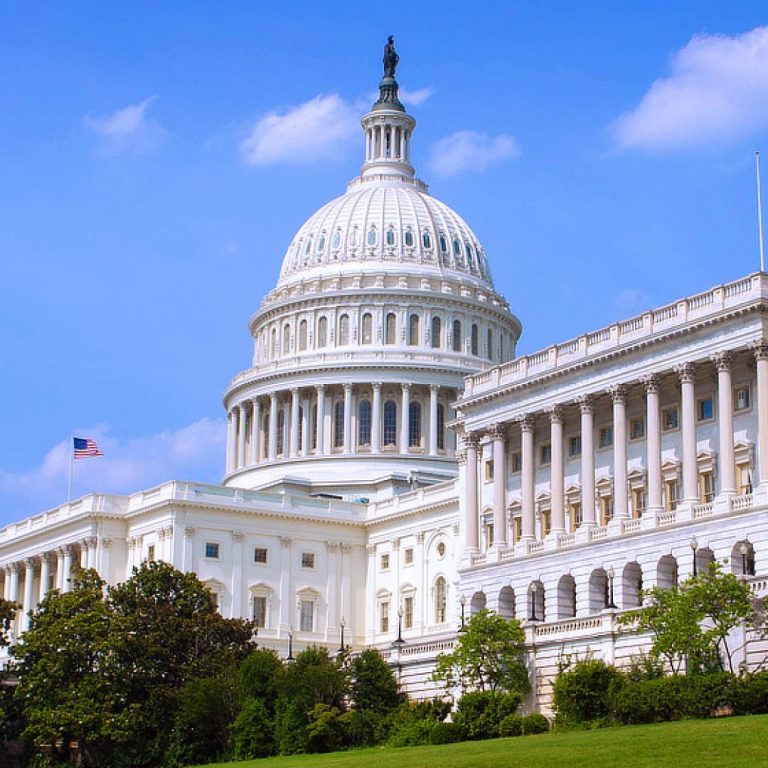
In 1996, food poisoning in the U.S. cost an estimated $22 billion, according to a congressional study. In…

In 1996, the National Research Council issued the nation’s first precollege science education standards, a blueprint for engaging…

In 1996, deCODE genetics was funded in Reykjavik, Iceland. deCODE is a global leader in analyzing and understanding…

In 1996, A/goose/Guangdong/1/1996 (H5N1), the precursor of the highly pathogenic H5N1 avian influenza viruses (HPAIVs) was identified in…
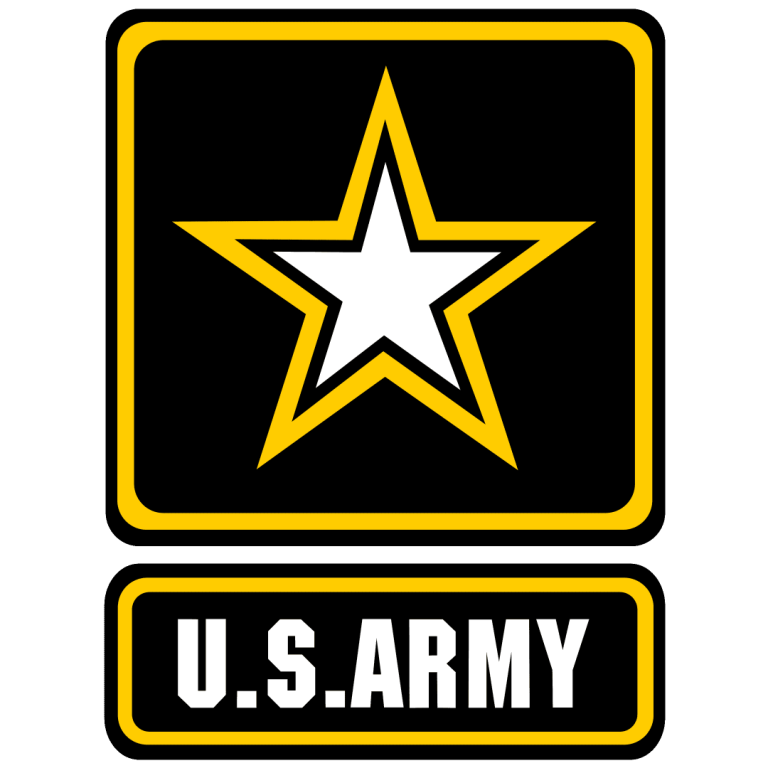
In 1996, Livermore National Lab delivered to the U.S. Army for testing the first fully portable, battery-powered, real-time…
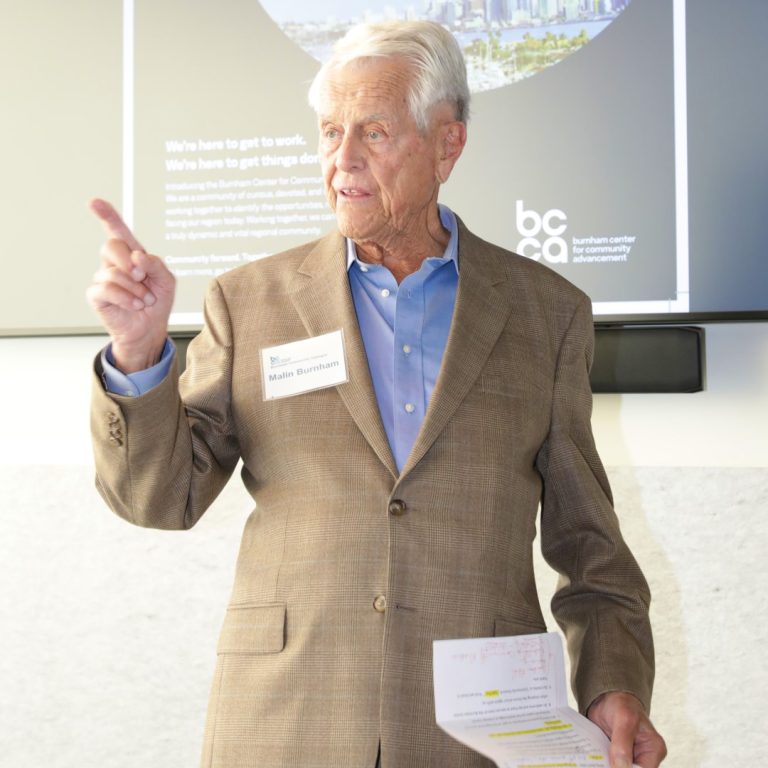
In 1996, the Burnham Institute was named to honor the generosity of Roberta and Malin Burnham and their…
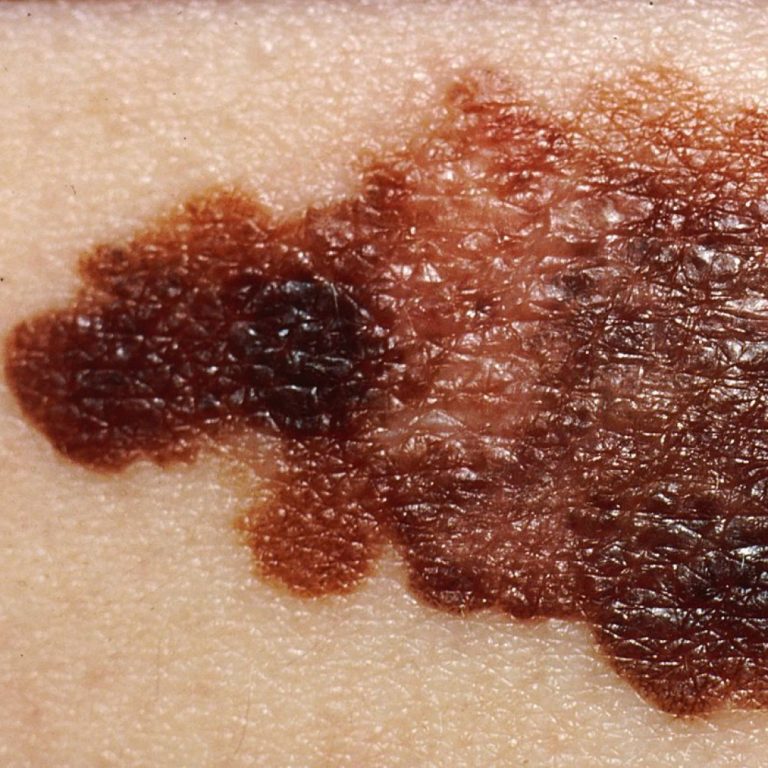
In 1996, Stanford Medicine developmental biologist Matthew Scott and a team at University of California, San Francisco discovered…

On Dec. 11, 1996, scientists from Stanford University and Affymetrix announced a new high-tech method that used a…

In 1996, the Skaggs Institute for Chemical Biology was established at The Scripps Research Institute, thanks to a…
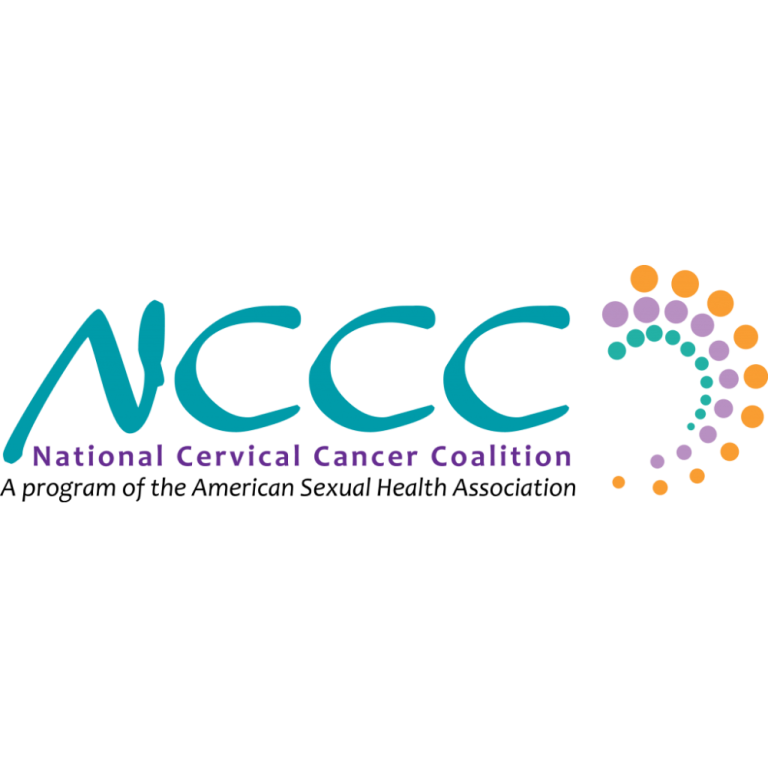
In 1996, the National Cervical Cancer Coalition (NCCC), a growing coalition of people battling cervical cancer and HPV…
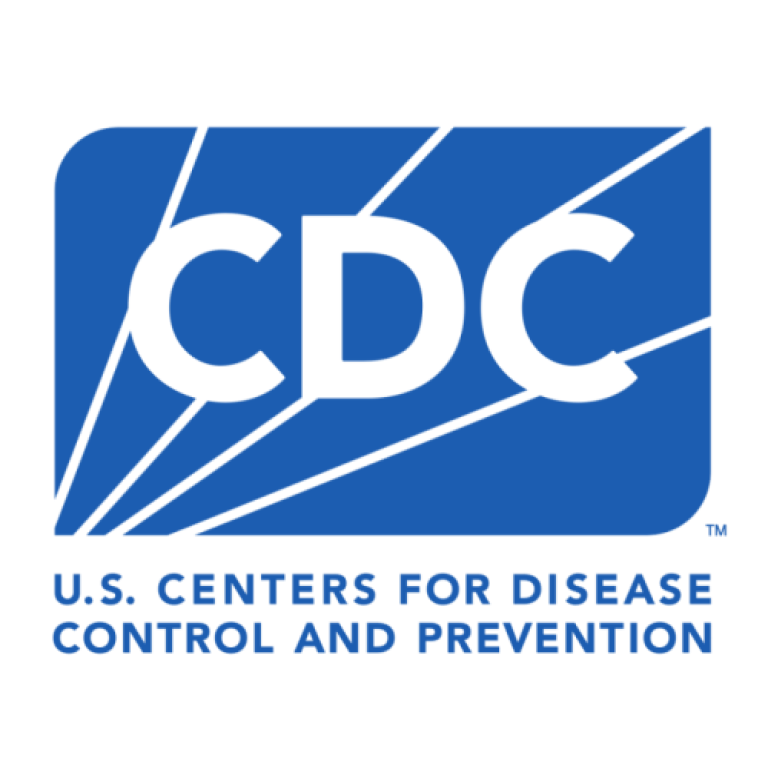
In 1996, the U.S. Centers for Disease Control and Prevention (CDC) established the National Occupational Research Agenda (NORA). NORA…

In 1996, the U.S. Centers for Disease Control and Prevention (CDC) found evidence of tobacco smoke exposure in…

In 1996, the U.S. Centers for Disease Control and Prevention (CDC) launched PulseNet, a national network of laboratories,…
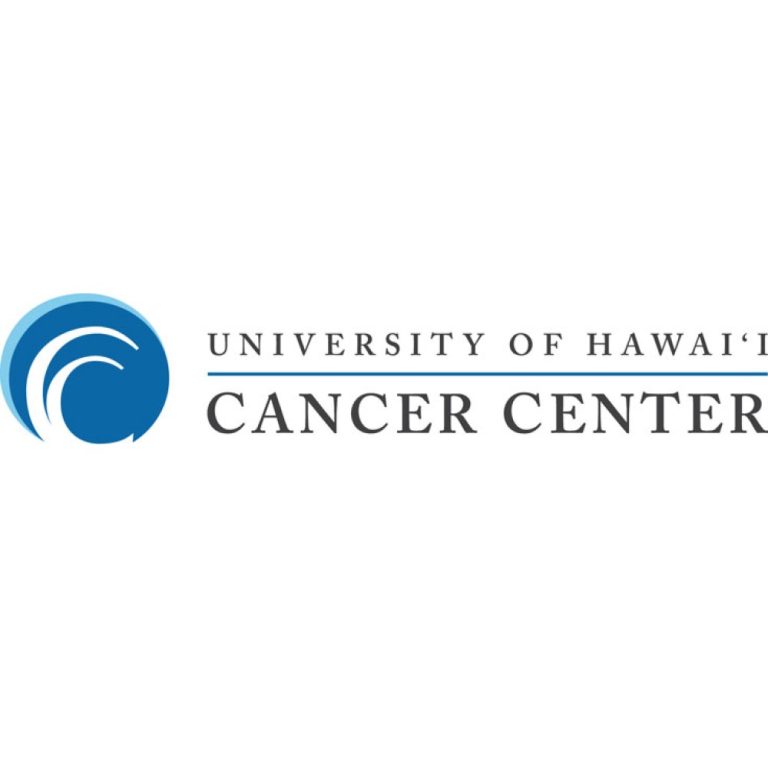
In 1996, the University of Hawaii Cancer Center (UH) received National Cancer Institute (NCI)-designation, an honor it has…
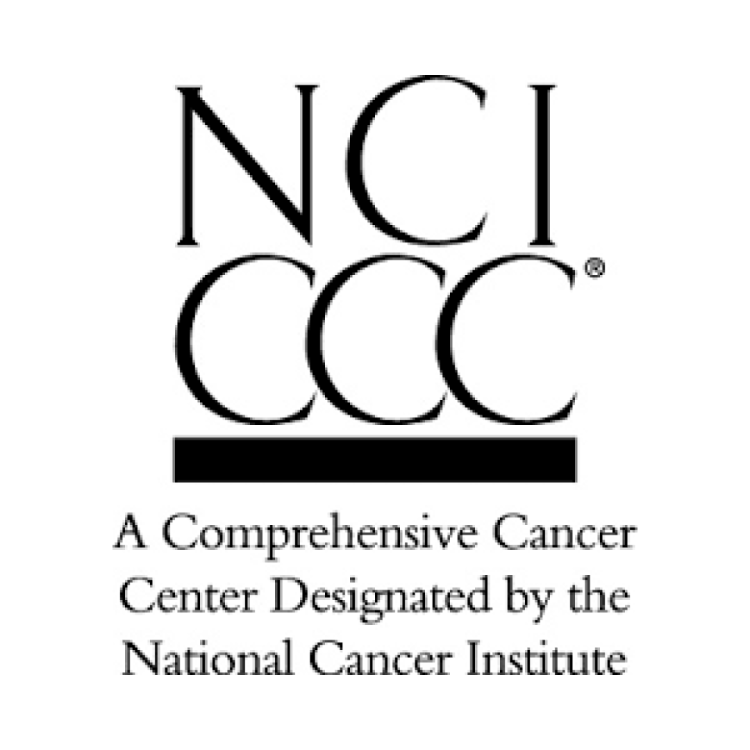
In 1996, the University of Maryland Cancer Center was renamed Marlene and Stewart Greenebaum Comprehensive Cancer Center. In…
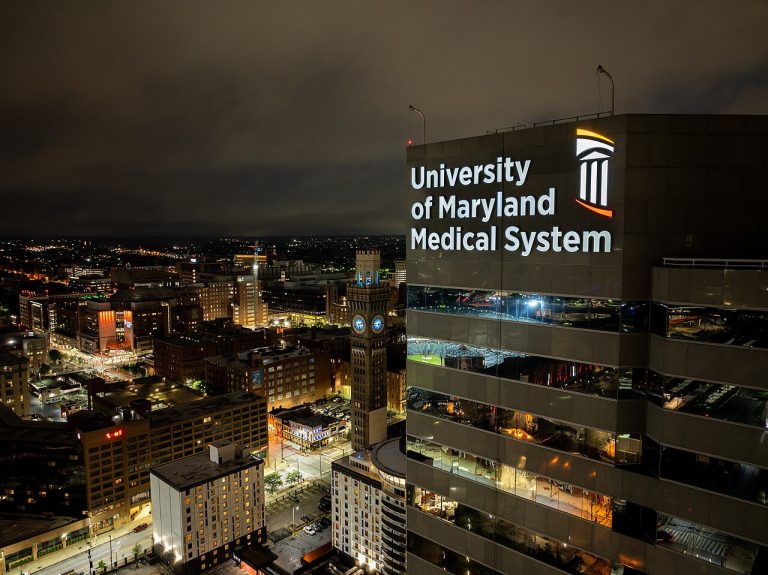
In 1996, the University of Maryland cancer programs moved to a private facility and renamed the University of…
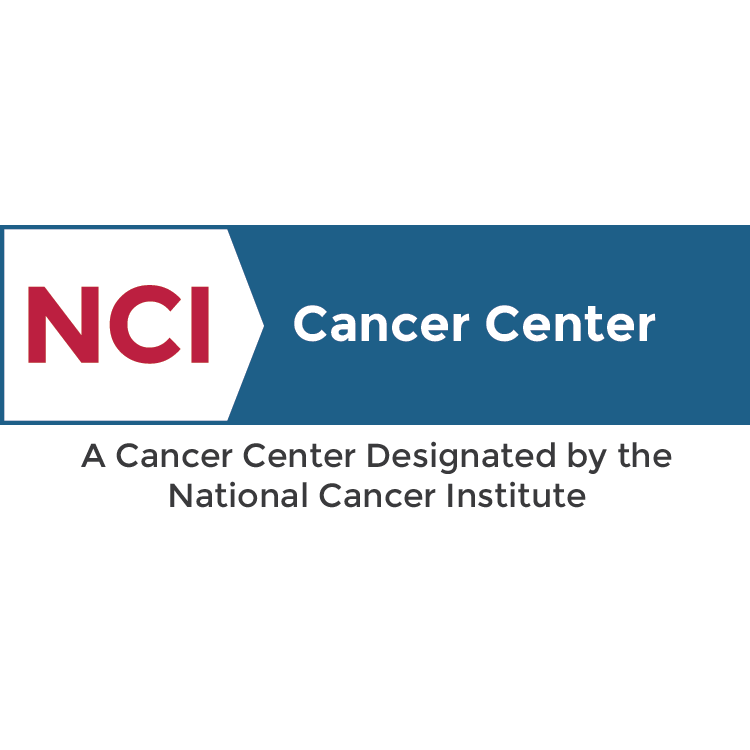
In 1996, the Sidney Kimmel Cancer Center (SKCC) at Johns Hopkins University received National Cancer Institutes (NCI). The…
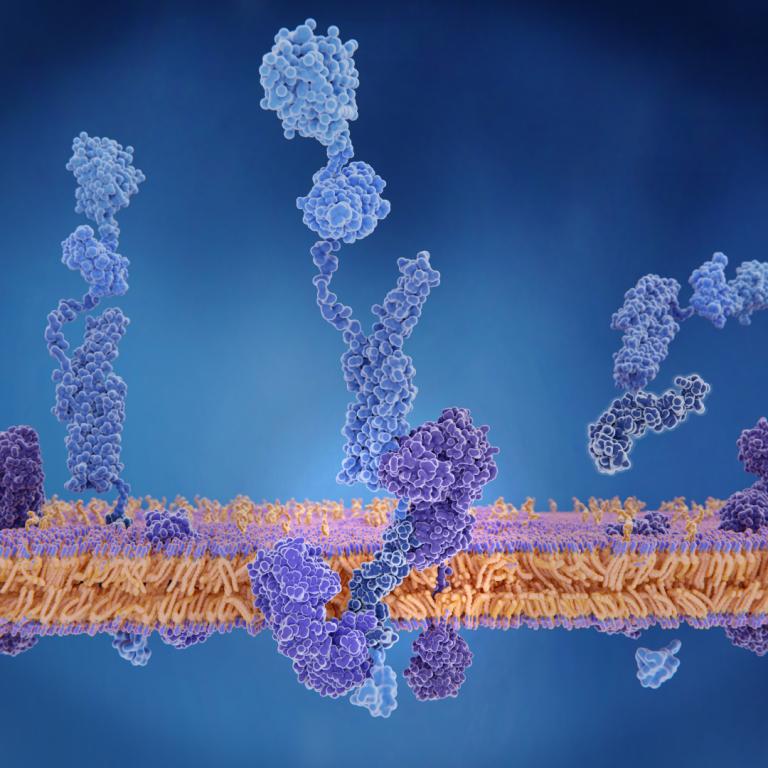
In 1996, the first genetically engineered mouse model showing amyloid plaques and dysfunctional learning and memory found in…
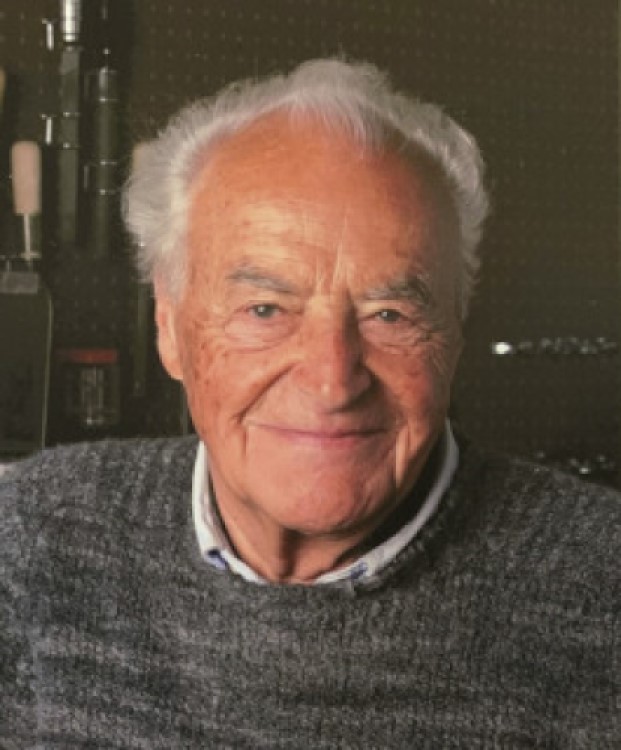
In 1996, Kurt Amplatz performed one of the first percutaneous catheterization of the heart. Amplatz, M.D., who was…

In 1996, Dr. Brenda Gallie identified the cause of drug-resistant childhood cancer of the retina, leading to an…
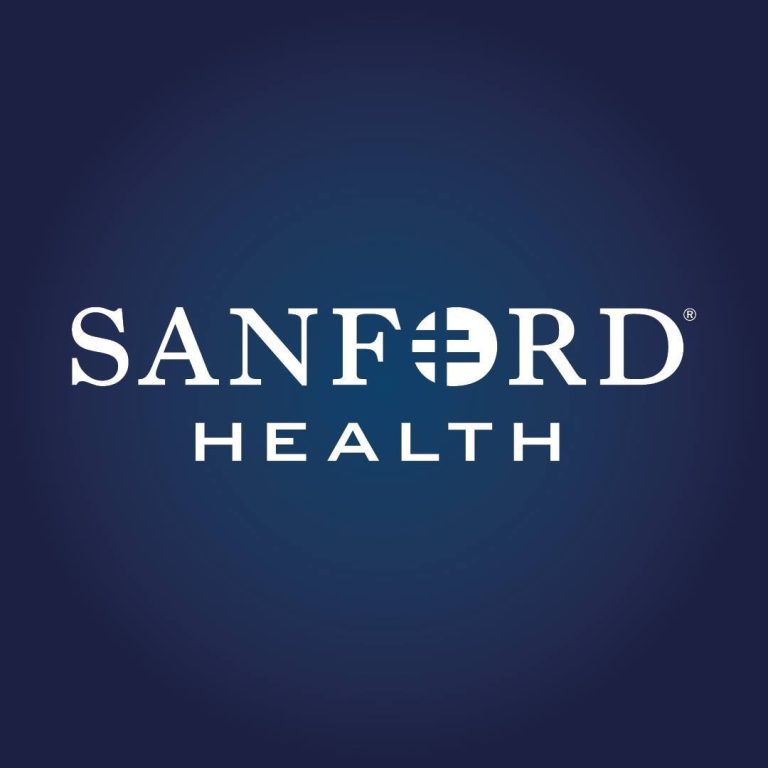
In 1996, The Sioux Valley Health System, now known as Sanford Health, was founded. In 2007, the Sioux…
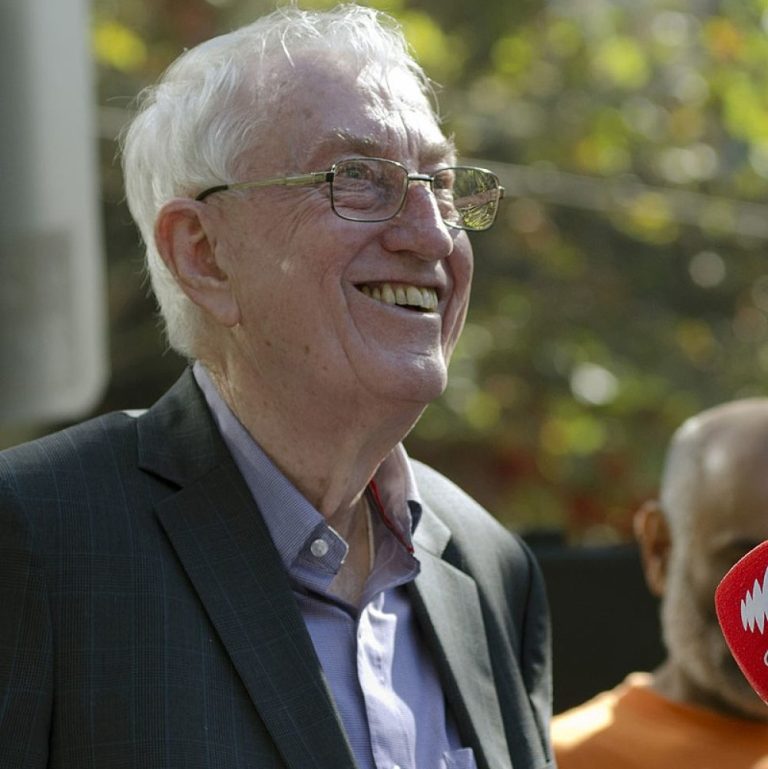
In 1996, the Nobel Prize in Physiology or Medicine 1996 was awarded jointly to St. Jude’s Peter C….

In 1996, the Nobel Laureate in Chemistry was awarded jointly to Rice University professors Richard Smalley, Robert Curl…